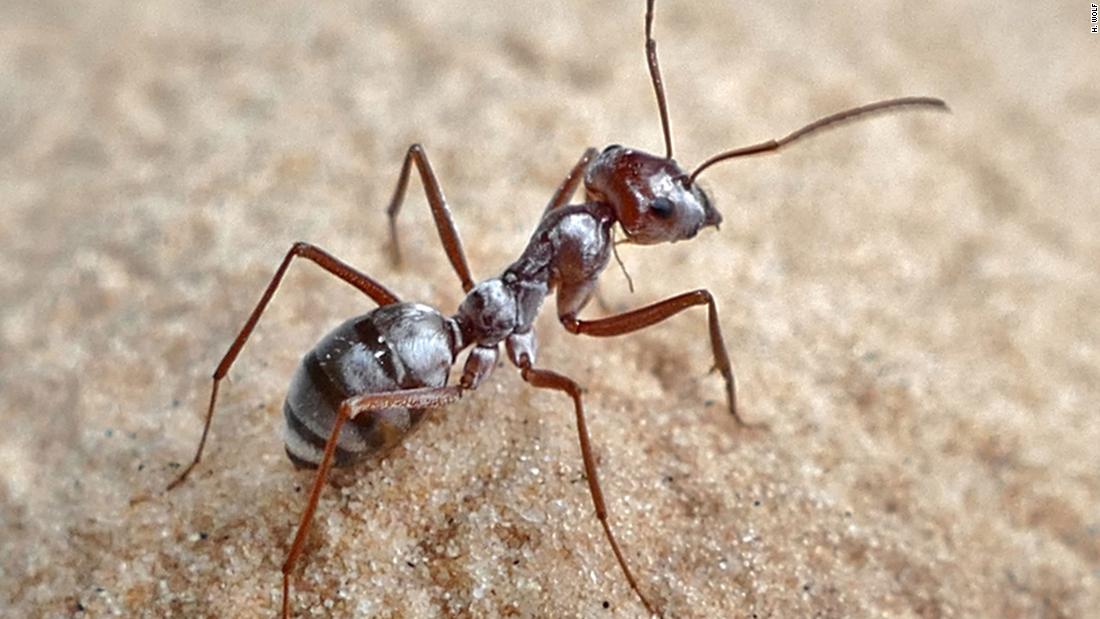The Fastest Ant in the World Moves at 855 mm per Second

Most people who think about fast animals may envision a cheetah or greyhound in pursuit of fresh prey.
If the criteria for judging speed are shifted into body lengths per second, the fastest creatures in the world will be arthropods, and researchers have found the fastest and in the world. The new champion is the Saharan silver ant (Cataglyphis bombycina) at the neck-breaking speed of 855 millimeters (or 33.66 inches) per second.
Such a speed is quite impressive if you take into account that the distance is equal to 108 body lengths per second. By comparison, even the fastest cheetah is limited at 16 body lengths per second. In the case of Usain Bolt running at top speed the record is 6.2. If he traveled at the speed of a Saharan silver ant, he would reach 800 kilometers per hour.
Among other running insects and the Saharan silver ant comes third as the Californian coastal mite (Paratarsotomus macropalpis) is the undisputed champion at 322 body parts per second. The second fastest insect is the Australian tiger beetle (Cicindela eburneola)that which moves at 170 body lengths per second.
According to the researchers, the body of the ant evolved over time to withstand the hard conditions which are encountered in the desert. Their legs are longer in comparison to other ants since they have to keep the body away from the hot sand. Before they will leave the nest the body will produce heat shock proteins that can mitigate potential damage. Unique hairs that have a spectacular cross-section will keep the body cool by reflecting solar radiation and releasing excessive thermal radiation.
To measure the speed the researchers used advanced cameras to record videos of the ants as they ran through the sand. The task was complicated since they had to find a suitable nest, which was a lengthy process.
More data can be found in a paper published in a peer-reviewed journal.
0 comments